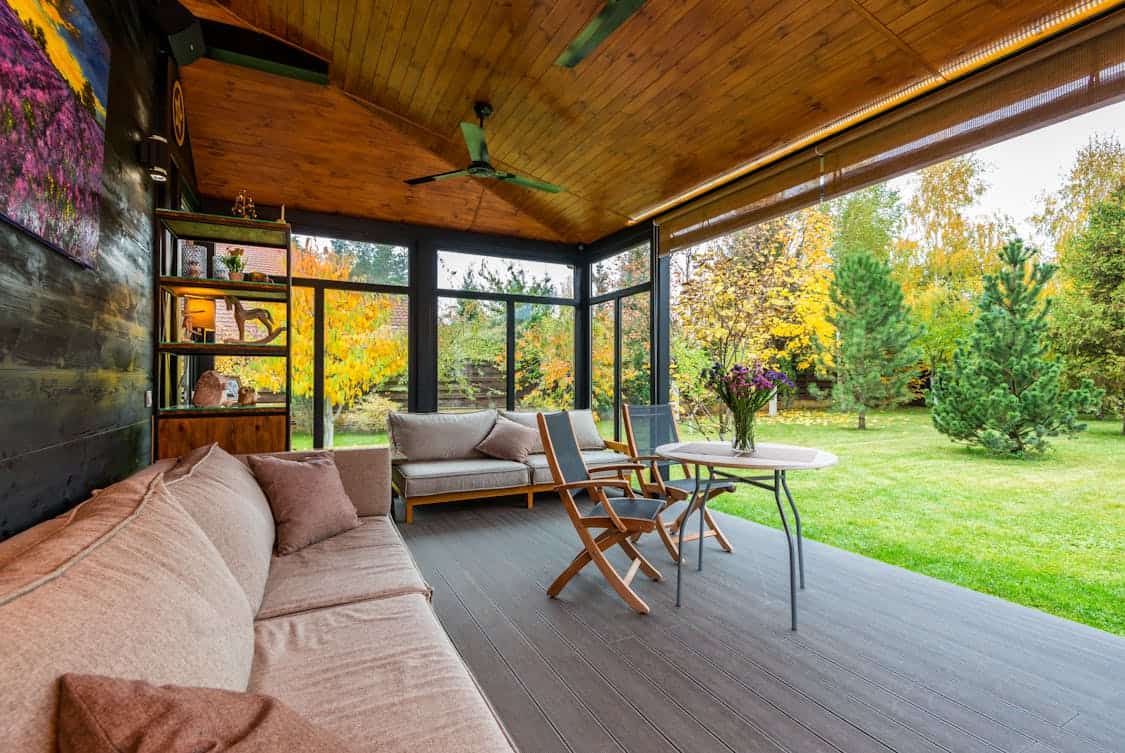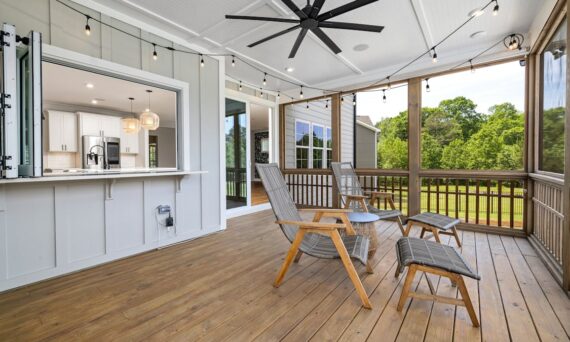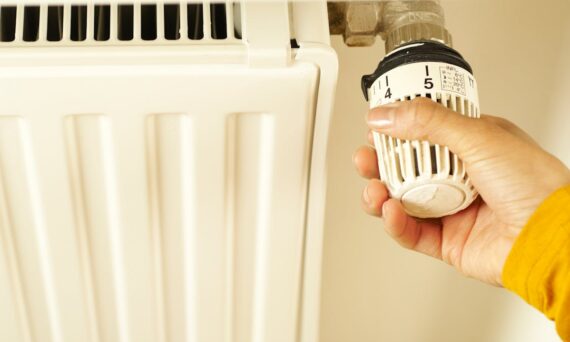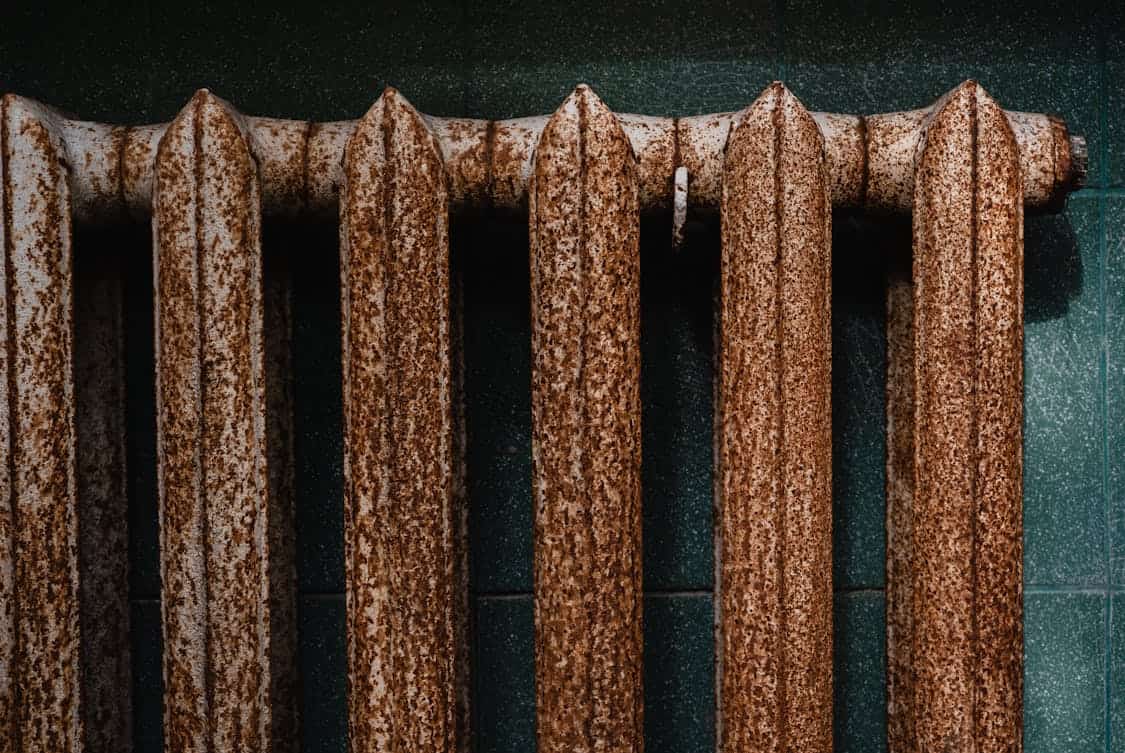Do Porches Add Value to a Home? Here’s the Truth
Porches often evoke images of lazy summer days, sipping lemonade while watching the world go by. But beyond their charming appeal, many homeowners wonder if porches truly add value to their property.
Let’s explore this topic in detail, examining the various aspects that influence porch value.
The Allure of Outdoor Spaces
Outdoor living areas have gained popularity in recent years. Homebuyers frequently seek spaces that extend their living areas into the great outdoors.
A well-designed porch can serve as an inviting transition between the home and the yard. This feature not only enhances the aesthetic appeal but also creates functional space for relaxation and entertainment.
When considering the investment in a porch, it’s vital to think about how potential buyers might perceive this outdoor feature. Many see it as an opportunity for leisure, while others appreciate the extra square footage.
The right porch can become a focal point, making the home more desirable.
Types of Porches and Their Impact
Not all porches are created equal, and their design can significantly affect their value. Here are several common types:
Front Porches
Front porches often serve as the first impression of a home. They can enhance curb appeal and create a welcoming environment. A spacious front porch with comfortable seating can be a major selling point, especially in neighborhoods where outdoor interaction is encouraged.
Back Porches

Back porches usually provide a more private space for gatherings and leisure. They often serve as extensions of the kitchen or dining area, making them ideal for barbecues or family meals. Buyers often view these as practical additions for entertaining.
Screened Porches
Screened porches offer the best of both worlds: the outdoors without the nuisance of bugs. This type of porch can expand the living area while providing comfort.
This feature can make a home more attractive, particularly in regions with warmer climates where insects can be a significant concern.
Wraparound Porches
Wraparound porches provide a unique visual appeal and can enhance the overall character of a home. They often create a sense of luxury and can significantly boost resale value. These porches invite exploration and can be designed to offer various seating areas.
Regional Considerations
The value added by a porch can vary significantly based on geographic location. In some regions, having outdoor spaces is almost a necessity due to the climate.
For instance, homes in warmer states can command higher prices with adequate outdoor areas, while in cooler climates, the appeal may be less pronounced.
Additionally, local architectural styles may influence which type of porch is most desirable. Buyers often seek features that align with regional aesthetics. Understanding these preferences can guide homeowners in choosing the right porch type to maximize value.
Cost vs. Return on Investment
Building or renovating a porch involves costs that can vary widely based on size, materials, and design. Homeowners should carefully assess whether the potential return justifies the expenditure.
Generally, front porches can yield a better return on investment than back porches because they enhance curb appeal.
Research indicates that well-constructed porches can return around 70% to 80% of their investment when a home sells. However, this is not a guaranteed figure and can be influenced by several factors, including local market conditions and the overall state of the housing market.
Enhancing Curb Appeal
Curb appeal plays a significant role in home value. A porch can dramatically enhance this factor.
From the choice of railings to the style of columns, each detail contributes to the overall look. Much like a striking porch, well-designed entryways boost perceived value and can leave a lasting impression on visitors and potential buyers alike.
Landscaping around the porch also contributes to curb appeal. Well-placed plants, lighting, and decorative elements can transform a simple porch into an inviting retreat. This attention to detail can make a lasting impression on prospective buyers.
Porches and Lifestyle Appeal
The lifestyle that a porch suggests can be a compelling reason for potential buyers. A porch signifies relaxation, gatherings, and a connection to the neighborhood.
These elements resonate with buyers looking for a home that offers more than just a roof over their heads; they want a space that fosters community and leisure.
The potential for entertaining friends and family can also be attractive. A porch equipped with outdoor furniture and lighting can become a hub for social activities. This lifestyle appeal can often sway buyers, making a home with a porch more appealing.
DIY vs. Professional Installations
When deciding on a porch, homeowners face the choice between DIY projects and professional installations. A DIY approach can save money but often requires more time and effort.
On the other hand, professional installations may offer a higher-quality finish and design expertise, potentially leading to a better return on investment.
It’s important to carefully weigh the pros and cons of both options. A poorly constructed porch can detract from a home’s value, while a well-executed design can enhance it significantly. Ensuring quality in the construction or renovation phase is vital to maximizing value.
Seasonal Use and Maintenance
Porches that can be used year-round typically offer more value than those that are limited to a specific season. Features such as heating, ceiling fans, and weather-resistant materials can make a porch more versatile. Buyers often appreciate these attributes, as they extend the usability of the space.
Maintenance is another factor to consider. Porches require regular upkeep to keep them looking their best. Materials that are durable and low-maintenance can be a selling point, as prospective buyers may prefer features that won’t demand significant time or expense to maintain.
Building Codes and Regulations
Before embarking on a porch project, it’s essential to be mindful of local building codes and regulations. Not obtaining the necessary permits can lead to complications down the line, including issues with resale.
Understanding the legal requirements can save homeowners from headaches and ensure that the porch adds value, rather than detracts from it.
Consulting with local building authorities can provide insights into what is allowed. This step can also clarify what types of porches are most desirable in the area, ensuring that investments align with market expectations.



